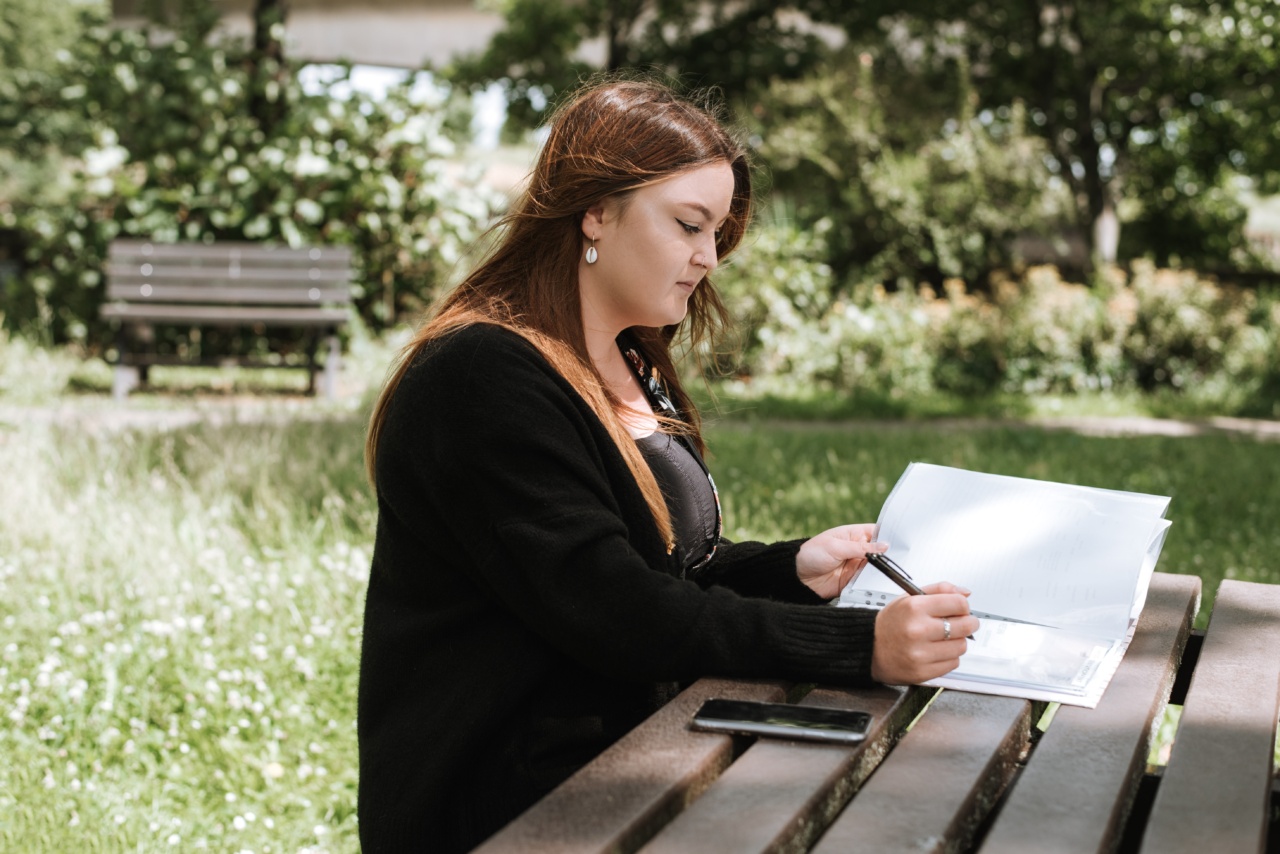As we age, it’s important to prioritize our health. This includes routine checkups and exams to catch potential health concerns before they become major issues. One such exam that many people overlook is a colonoscopy.
In this article, we’ll discuss why getting a colonoscopy after age 50 is so important and how to prepare for the exam.
What is a Colonoscopy?
A colonoscopy is a screening exam that checks for any abnormalities in the colon and rectum. During the procedure, a doctor uses a long, flexible tube called a colonoscope to examine the lining of the colon and rectum.
If any polyps or other abnormal growths are found, they can be removed and further testing can be done to determine if they are cancerous.
Why is a Colonoscopy Important After Age 50?
Colon cancer is the third most common cancer in both men and women and the second leading cause of cancer-related deaths. However, colon cancer is highly preventable with routine screening.
The American Cancer Society recommends that everyone at average risk of colon cancer gets a screening colonoscopy starting at age 50. If you have a family history of colon cancer or other factors that increase your risk, your doctor may recommend starting screenings earlier and/or more often.
How to Prepare for a Colonoscopy
Preparing for a colonoscopy involves cleaning out the colon so that the doctor can get a clear view. This process can be uncomfortable, but it’s necessary for accurate results.
Your doctor will give you specific instructions on how to prepare for your colonoscopy, but here are some general tips:.
- Adjust your diet a few days before the exam – your doctor may recommend a low-fiber diet or specific foods to eat or avoid.
- Take laxatives or other bowel-prep medications as directed by your doctor.
- Arrange for a ride to and from the exam, as you will be sedated during the procedure.
- Wear comfortable clothing.
What to Expect During the Colonoscopy
The colonoscopy itself usually takes 30-60 minutes. You’ll be given sedation to help you relax and not feel any pain during the exam. During the procedure, the doctor will insert the colonoscope into your rectum and move it through your colon.
Air may be pumped into your colon to help the doctor get a better view. If any polyps or other abnormalities are found, the doctor may remove them through the colonoscope for further testing.
What Happens After the Colonoscopy?
After the exam, you may feel a bit groggy from the sedation, so it’s important to have someone else drive you home. You may also feel some cramping or bloating from the air that was pumped into your colon during the exam.
These symptoms should subside within a few hours. Your doctor will provide detailed instructions on what to eat and drink after the exam and when you can resume normal activities.
If any polyps or other abnormalities were found during the exam, your doctor will discuss next steps with you, such as further testing or more frequent screenings.
Don’t Let Fear Hold You Back
For many people, the thought of a colonoscopy is scary or uncomfortable. However, the benefits of early detection and prevention far outweigh any temporary discomfort or fear.
Colon cancer is highly treatable in its early stages, so getting a colonoscopy could quite literally save your life.
Conclusion
If you’re over 50 or have other risk factors for colon cancer, it’s important to prioritize a colonoscopy. The procedure is relatively quick and painless, and it could prevent serious health issues down the line.
Talk to your doctor about scheduling a colonoscopy and how you can best prepare for it.





























